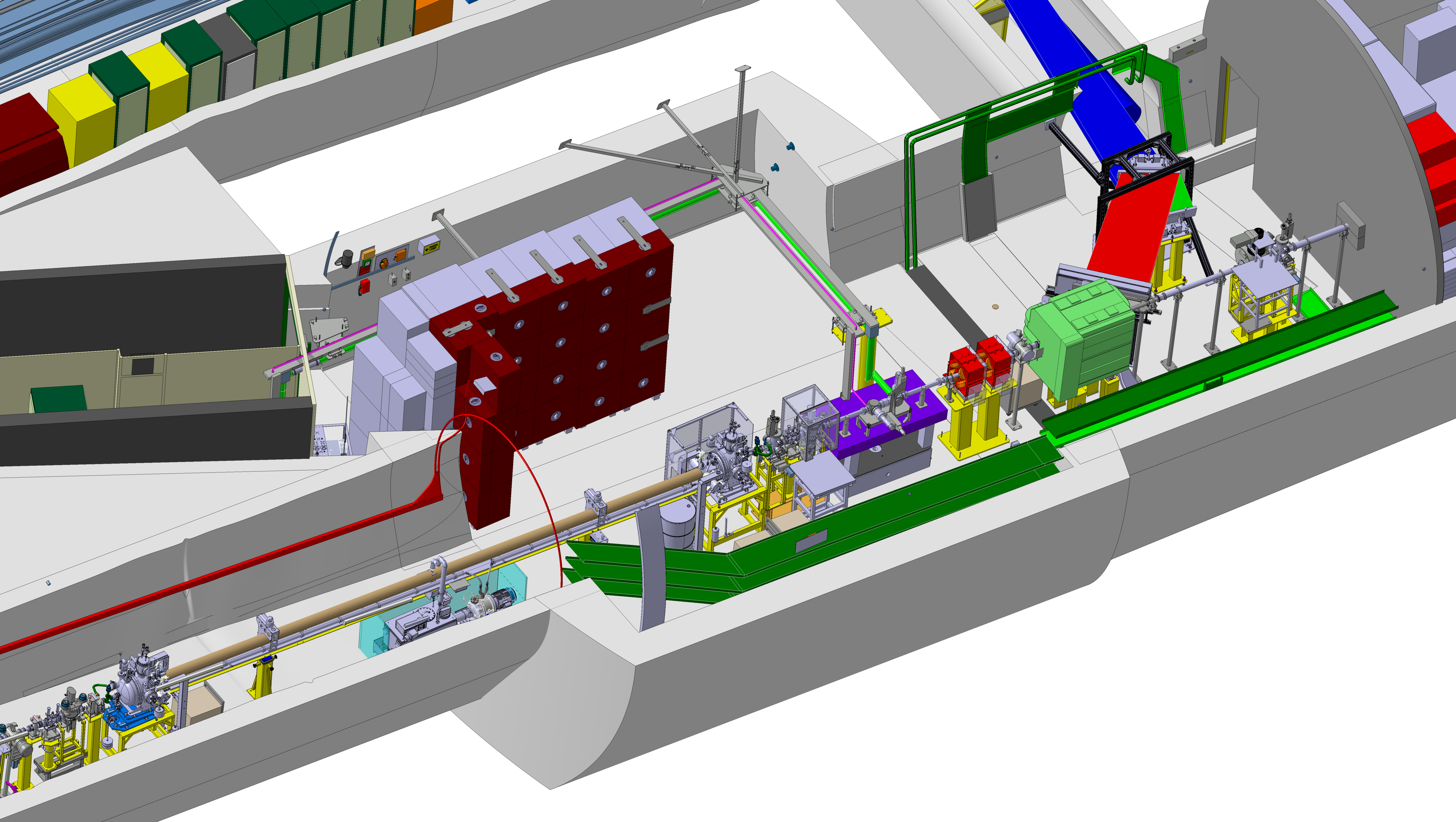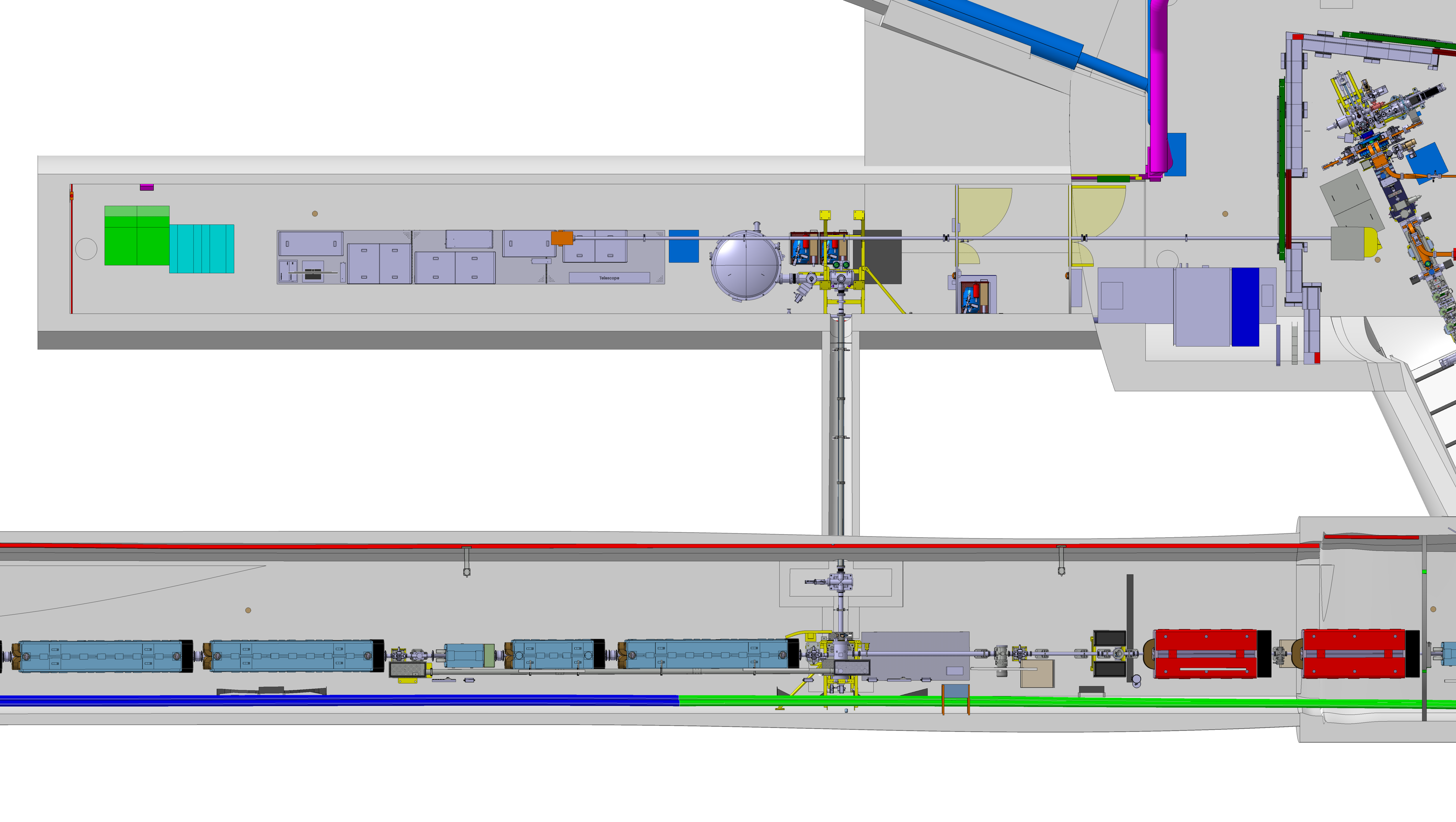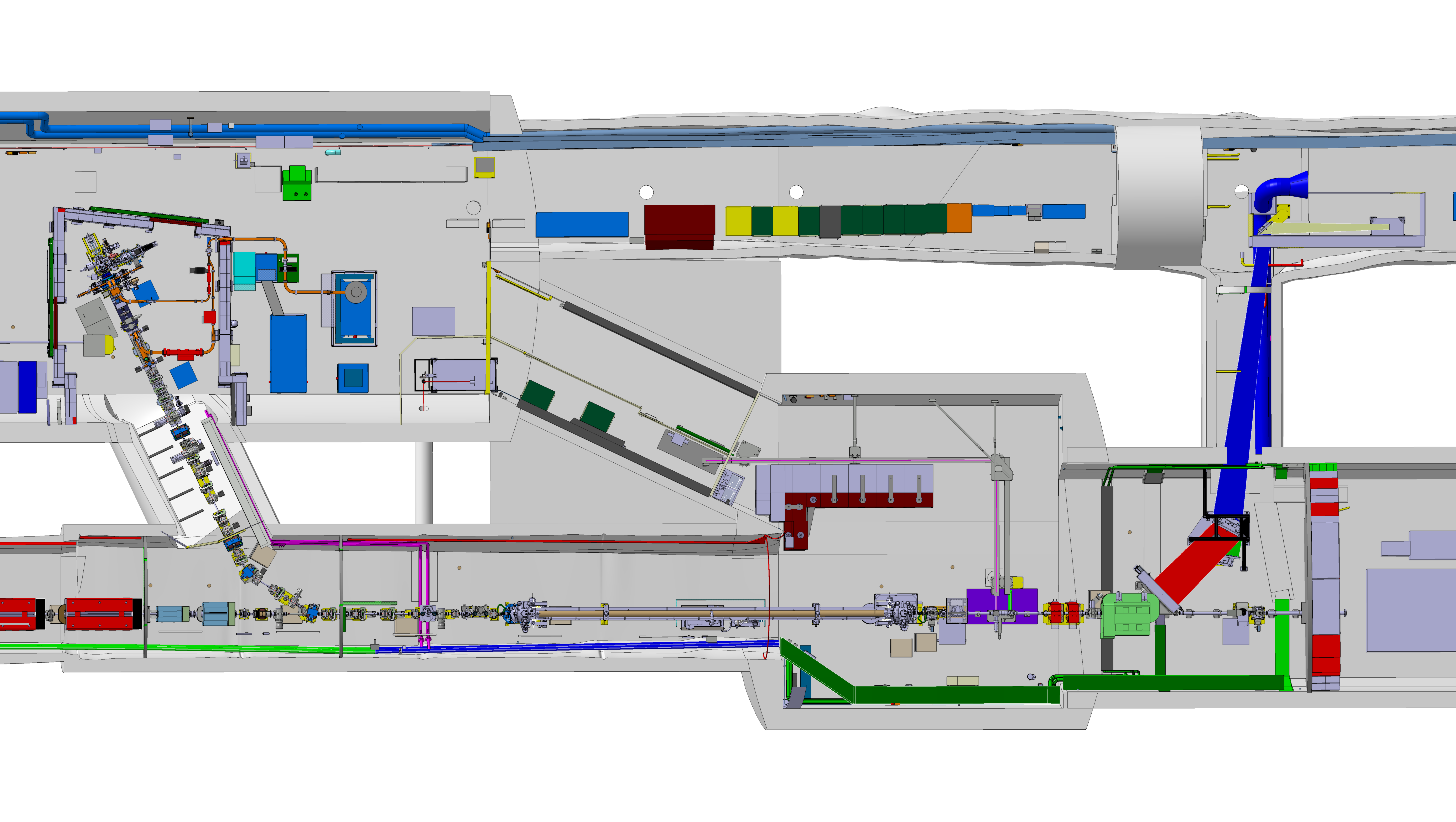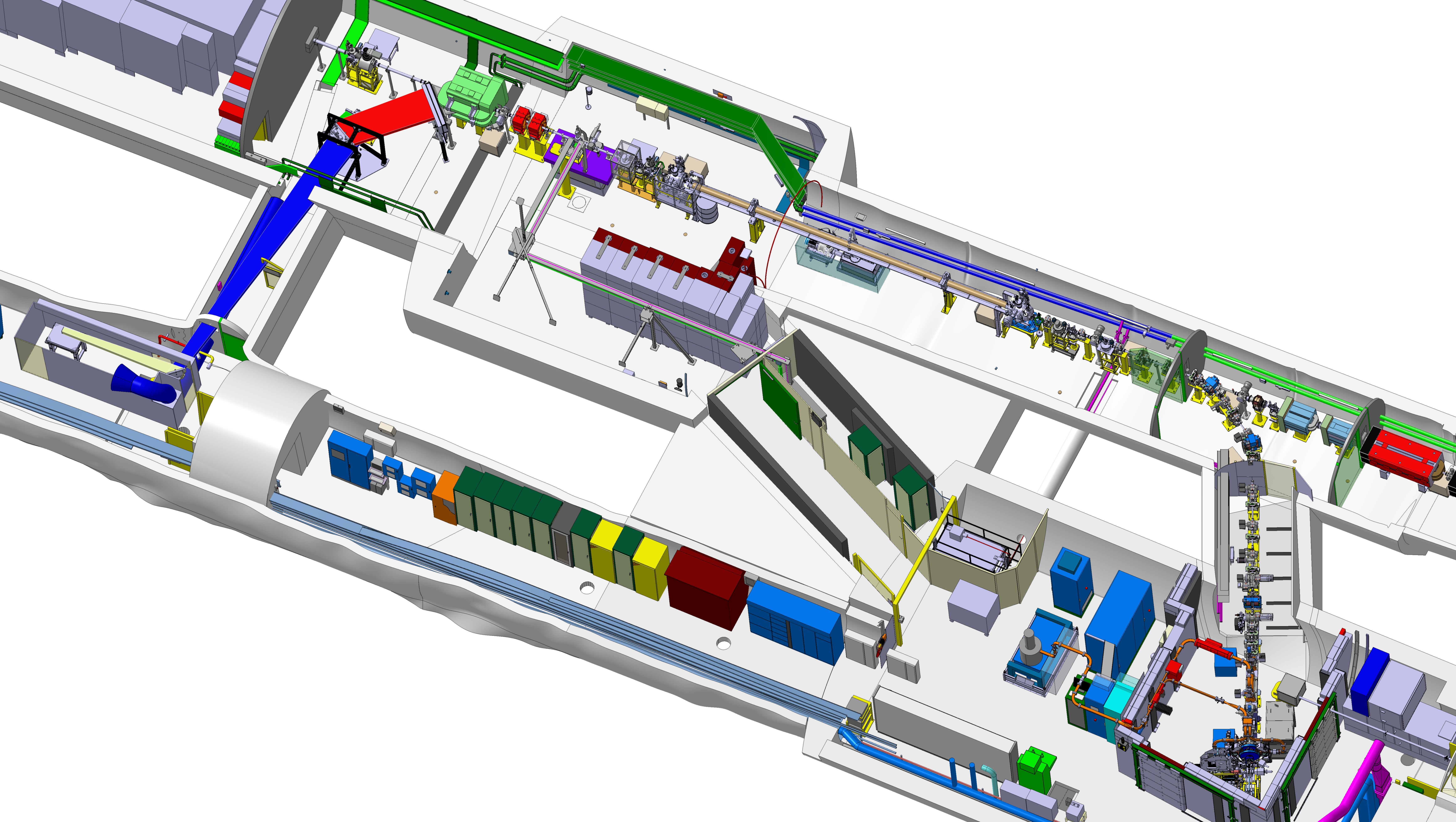Timeline of the AWAKE project
*,
*::before,
*::after {
margin: 0;
padding: 0;
box-sizing: inherit;
}
.timeline{
border: none;
}
body {
overflow-x: hidden;
padding-bottom: 50px;
} /* INTRO SECTION
–––––––––––––––––––––––––––––––––––––––––––––––––– */
.intro {
padding: 50px 0;
}
.container {
width: 90%;
max-width: 1200px;
margin: 0 auto;
text-align: center;
}
h1 {
font-size: 2rem;
}
/* Timeline section
–––––––––––––––––––––––––––––––––––––––––––––––––– */
.timeline ul









